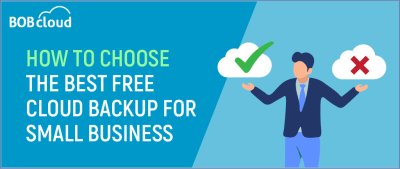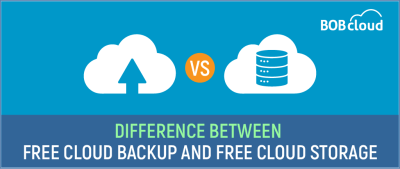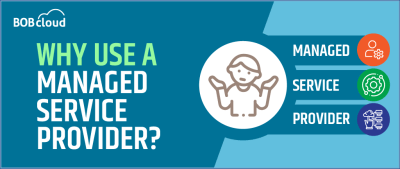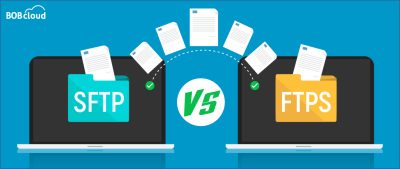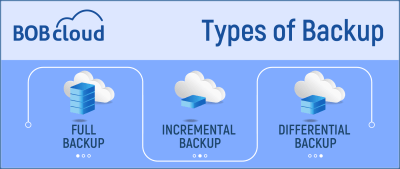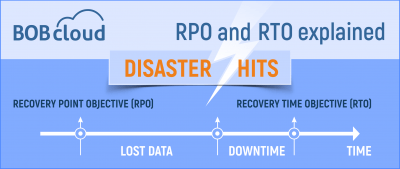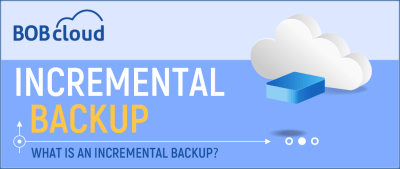Choosing the best free cloud backup for your small business involves considering factors like storage capacity, security, reliability, ease of use, and customer support. Evaluate options based on your specific needs to make an informed decision.
Cloud storage enables you to access your files from any location or device. Your files are stored online and are always up to date, making it easy to collaborate with others in real-time. In contrast, cloud backup takes a secure snapshot of your files and data to ensure they are safely stored.
How to Choose a Cybersecurity Services Provider
When choosing a cybersecurity provider, consider their expertise, reputation, and services offered. Look for a provider that understands your industry’s specific needs. Check their response time to threats and their strategies for threat prevention. Ensure they provide regular updates and reports. Lastly, consider the cost and ensure it fits within your budget.
Using a Managed Service Provider (MSP) allows businesses to offload IT management tasks, ensuring efficient, reliable, and secure technology operations. MSPs offer cybersecurity and cloud computing expertise, reducing the burden on internal teams. This approach improves system performance, minimises downtime, and enables companies to focus on core functions, promoting cost-effectiveness and scalability.
SFTP is fully encrypted and secure, while FTPS adds an encryption layer through SSL or TLS. SFTP is compatible with firewalls, but it cannot be used for logging because its data transmissions are in binary format. The FTPS file transmissions are many times faster than SFTP.
The Three Types of Cloud Backup
There are three types of backup, Full, Incremental, and Differential. Each uses different amounts of storage, has separate backup and restore times, and varies in cost.
Object storage services are now the only cloud storage medium we recommend, and it outclasses file storage \ SMB in every aspect.
Following on from our last article on AWS’ S3 storage, we decided to add some price comparisons between the largest S3 providers. Looking at the platforms our Resellers use, we are focusing on Wasabi, Azure, AWS, and Backblaze. We haven’t seen any significant differences between the UK instances of Wasabi, Azure (blobs) and AWS’ S3…. Read More »
RTO and RPO explained
Recovery Point Objective (RPO) and Recovery Time Objective (RTO) are two of the most important metrics in disaster recovery data protection planning.
What is an Incremental Backup?
An incremental backup is a data backup process that only copies new and modified data since the last backup. This method saves time and storage space because the backed-up data is smaller when compared to full and differential backups. This article explains incremental backups, when to use them, and their benefits. How incremental backups work… Read More »


